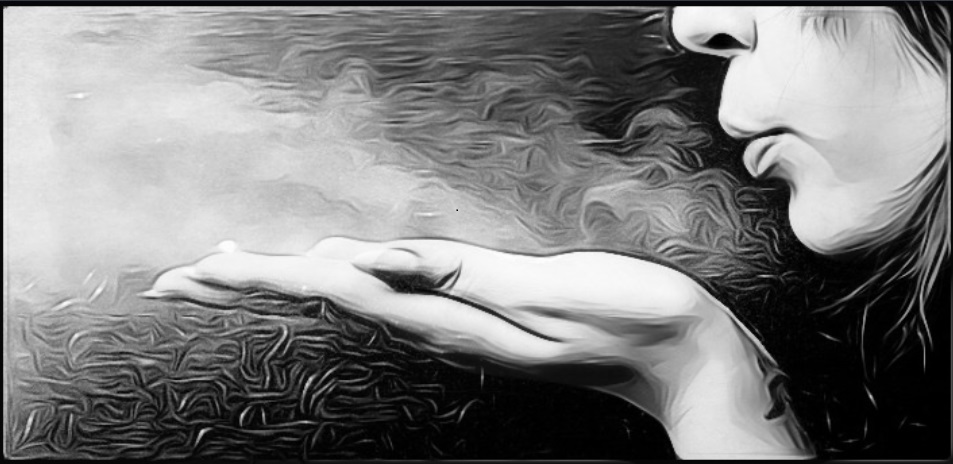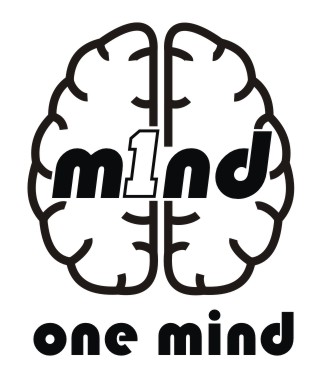
Here’s a little inspiring nugget that’ll take you about 2 minutes to chew on. Now, if you’re hungry for the whole story and want to become a true connoisseur of this topic, our menu has all the delicious details you can handle!
A message from today’s meditation:
Letting go… or hearing the words, “just let it go” is one of those disservices we do to ourselves and others while meaning really well. It feels like the right thing to say but we all have our own moments of struggling with our own personal example of not being able to let something go when we think, “how do other people do this, because I really struggle to let go.”
Preparing for this morning’s mediation I came across a thought by Adyashanti about letting go and I remembered a few other teachers saying something very similar. So I included the others as well for a few different perspectives on the same conundrum – how do we let go?
“The truth is you can’t try to let go. Trying is the opposite of letting go. To let go is to relinquish trying. To let go is much more like to let be.” – Adyashanti
“When people say “Let it go,” what they really mean is “Get over it,” and that’s not a helpful thing to say. It’s not a matter of letting go – you would if you could. Instead of “Let it go,” we should probably say “Let it be”; this recognizes that the mind won’t let go and the problem may not go away, and it allows you to form a healthier relationship with what’s bothering you.” – Jon Kabat-Zinn
“To let go does not mean to get rid of. To let go means to let be. When we “let be” with compassion, things come and go on their own.” – Jack Kornfield
“I am no longer scared by dark feelings, because nothing is dark when it is fully allowed… nothing is denied and nothing stays.” – Amoda Maa
My personal mantra for letting it be is:
“Can I be with this? Can I just be with this without the need for this to change or go away? And while I sit with this, can I find that actually I am OK? And if I can be OK and just breathe right now, then I’ll be even better when this moves, because it always does.” – pierre
If this is something that you have been struggling with – if you’ve been looking around you and asking “how do other people do this?” – I would love you to understand how much of a universal struggle this is. Everyone has their own version of how difficult it can be to “let go”, and my favourite description of this truth comes from David Foster Wallace:
“Everything that I have ever let go of, has claw marks in it.” – David Foster Wallace
The myth of “letting go”.
The frustration with “letting go” often stems from the illusion that it’s a simple, one-time act. We imagine a switch we can flip, magically erasing negativity. The myth is that we can somehow force emotions to stay away.
This isn’t about forcing yourself to forget. It’s about acknowledging the presence of your emotions without judgment. By embracing the full spectrum of your emotions, you begin to disarm them. By allowing yourself to fully experience your emotions, you acknowledge their presence and create space for them to eventually pass.
Mantras for letting it be:
- Will I survive if I allow myself to just feel this now? (the answer is always yes)
- This feeling doesn’t define me.
- Everything is impermanent, even this emotion.
- I can choose how I respond to this.
- I am strong enough to feel whatever arises.
Letting go isn’t about pretending things didn’t happen. It’s about acknowledging their presence and choosing peace despite them. May this journey of “letting be” bring you strength and clarity.
Wishing you a damn beautiful day!
– pierre –
Today’s LIVE meditation is: I am the mountain.
A moment of reflection
(If you have the time, use this question as a journal prompt, because whenever you put pen to paper you’re wiring the neural pathways that create your new habits. But if you don’t have the time, just take a moment to reflect on your response.)
The Space of Allowing: The article mentions Amoda Maa’s insight that “nothing is dark when it is fully allowed.” Think of a recent difficult emotion you experienced. Write about what happened when you tried to push it away versus moments when you might have allowed it to simply exist. How did your body feel in each scenario? What fears arise when you consider fully allowing your darkest feelings to exist without trying to change them?
Today’s LIVE meditation
Q&A for deeper learning
Q1: What’s the difference between “letting go” and “letting be”?
A: “Letting go” implies forcing yourself to release emotions or thoughts, often creating internal resistance. “Letting be” is about acknowledging what you’re feeling without judgment and allowing emotions to exist without trying to change them. As Adyashanti explains, “To let go is to relinquish trying. To let go is much more like to let be.” This subtle shift removes the pressure to immediately “get over” difficult feelings.
Q2: Why does “just let it go” feel like impossible advice?
A: This advice assumes emotional release is a simple choice rather than a process. As David Foster Wallace eloquently put it, “Everything that I have ever let go of has claw marks in it.” This suggests that truly letting go involves struggle and time. When we’re told to “just let it go,” it can make us feel inadequate for still experiencing pain or difficulty, adding shame to our original distress.
Q3: How do I practice “letting be” with extremely painful emotions?
A: Start by acknowledging the emotion without judgment: “I notice I’m feeling intense anger/grief/anxiety.” Then ask yourself pierre’s question: “Can I be with this without the need for this to change or go away?” Begin with small doses of sitting with discomfort, perhaps just a minute at a time. Remember Amoda Maa’s insight that “nothing is dark when it is fully allowed” – the act of allowing often transforms the experience itself.
Q4: Will “letting be” make negative emotions stay longer?
A: Counterintuitively, no. As Jack Kornfield notes, “When we ‘let be’ with compassion, things come and go on their own.” Fighting against emotions often gives them more power and longevity. When we create space for emotions without resistance, they typically move through us more naturally. The article points out this paradox: what we fight persists, while what we acknowledge often transforms.
Q5: How do I know if I’m successfully “letting be” versus just ruminating?
A: “Letting be” involves mindful awareness of your emotions without getting caught in their story. You’re observing rather than being completely identified with the feeling. Rumination typically involves repetitive thinking about causes and consequences. A helpful indicator: “letting be” creates a sense of spaciousness even amid difficulty, while rumination feels tight and circular. Ask yourself, “Am I witnessing this feeling, or am I completely lost in it?”
Q6: Can the practice of “letting be” help with long-standing trauma or deep grief?
A: Yes, but with appropriate support. For significant trauma or grief, “letting be” should be practiced within a framework of professional support. The approach can be particularly valuable for these deeper wounds because it removes the timeline pressure to “get over it.” By allowing difficult emotions to exist without judgment, we often find they gradually transform, not because we forced them away, but because we gave them the space to be processed naturally.
Q7: How does “letting be” relate to taking action about situations that need changing?
A: “Letting be” doesn’t mean passive acceptance of harmful situations. It refers to our relationship with our internal experience, not external circumstances that need addressing. By “letting be” with our emotions first, we can often take more effective action from a centered place rather than reacting from overwhelm. The practice helps us respond to challenges with clarity instead of being driven by our need to escape discomfort.
